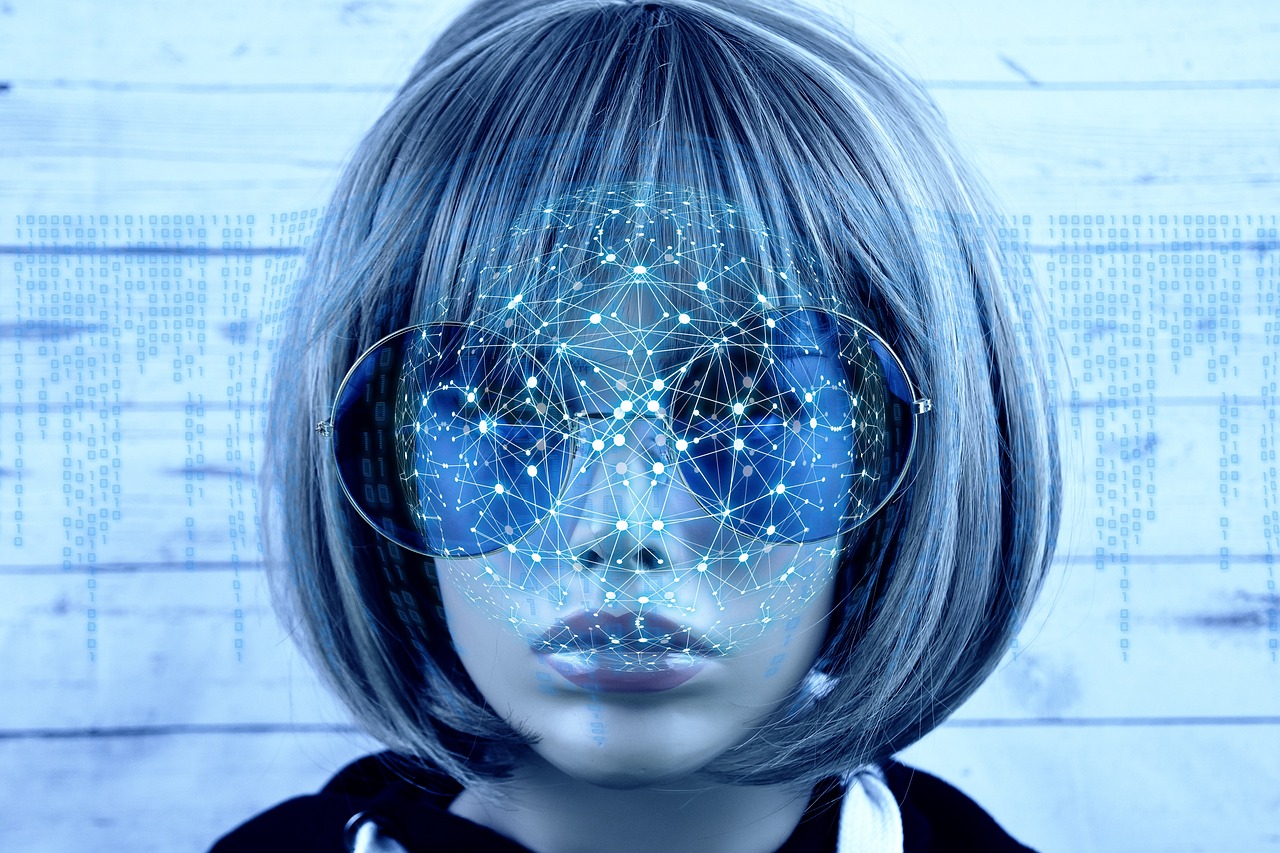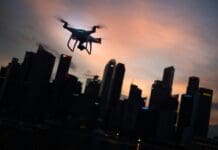This post is also available in:
 עברית (Hebrew)
עברית (Hebrew)
The three critical technologies for AI are machine learning (the ability of a machine to learn and improve its performance), deep learning (a subset of machine learning concerned with simulating a human mind), and natural language processing (the capacity of a machine to understand human language and speech).
AI-powered software and systems are able to analyze data and take action on their own, without any need for human agency. Some everyday examples of AI-based applications include advanced search engines, recommendation algorithms, digital assistants, chatbots, autocorrect, and even AI art generators—if you’re into digital art, you might want to consider creating computer-generated art with AI.
But can AI provide stronger cyber security?
As things constantly change on an organization’s network, such as new devices being added and removed all the time, asset discovery can become a serious challenge to IT managers.
This is where AI comes into play.
By automating asset discovery, AI makes the complete process more efficient, and less prone to human error. Also, AI strengthens the organization’s cybersecurity by searching for vulnerabilities in both infrastructure and systems, such as out-of-date software, data leaks, and vulnerable apps.
Another advantage that cybersecurity experts can get from using AI is by utilizing predictive AI, administrators can receive alerts about zero-day vulnerabilities in the organization’s software before a successful cyberattack happens and irreparable damage is done. Without it, cybercriminals could target these weaknesses by launching so-called zero-day attacks using zero-day exploits that are even unknown to the software providers themselves.
As reported by makeuseof.com.


























